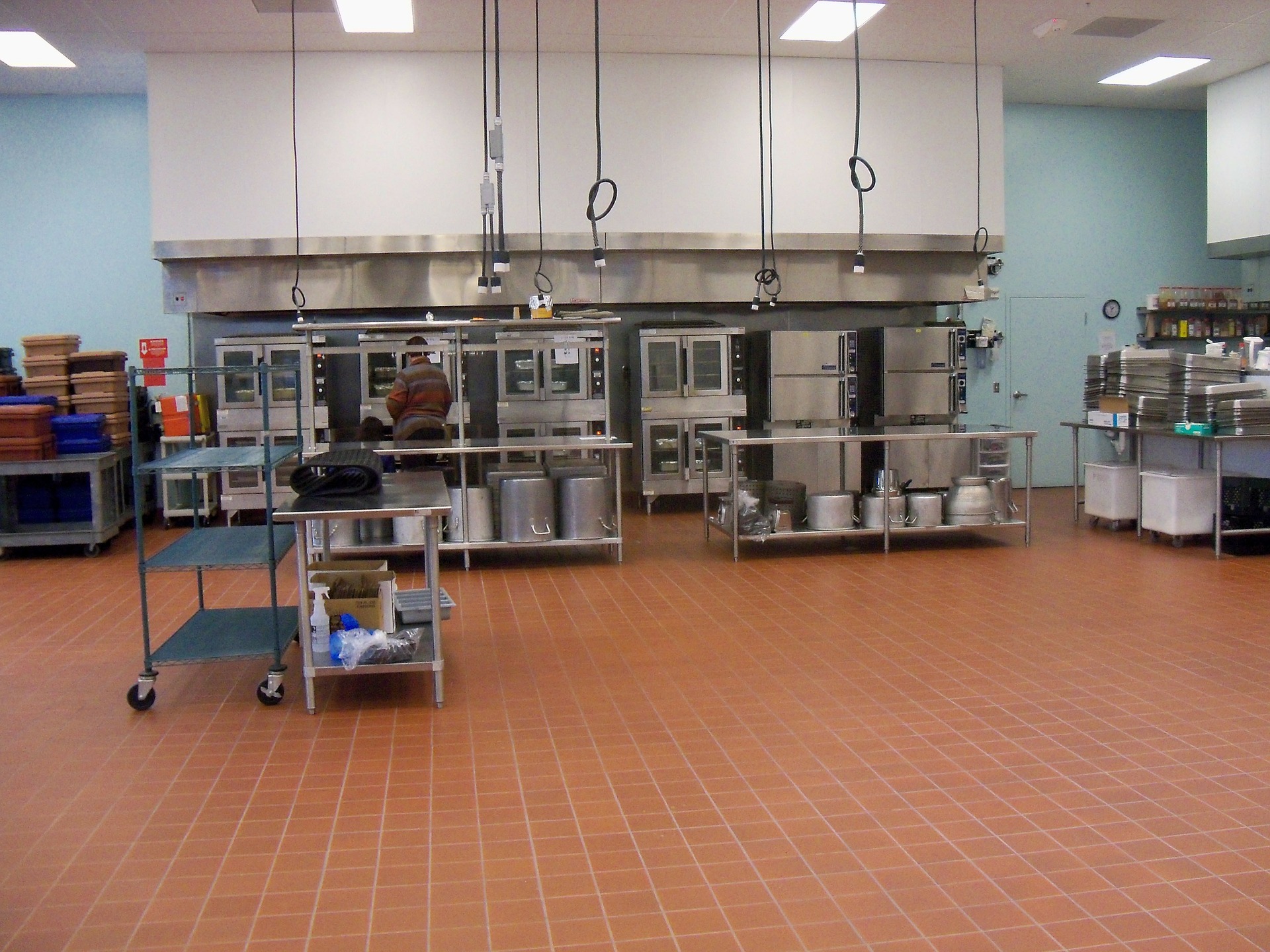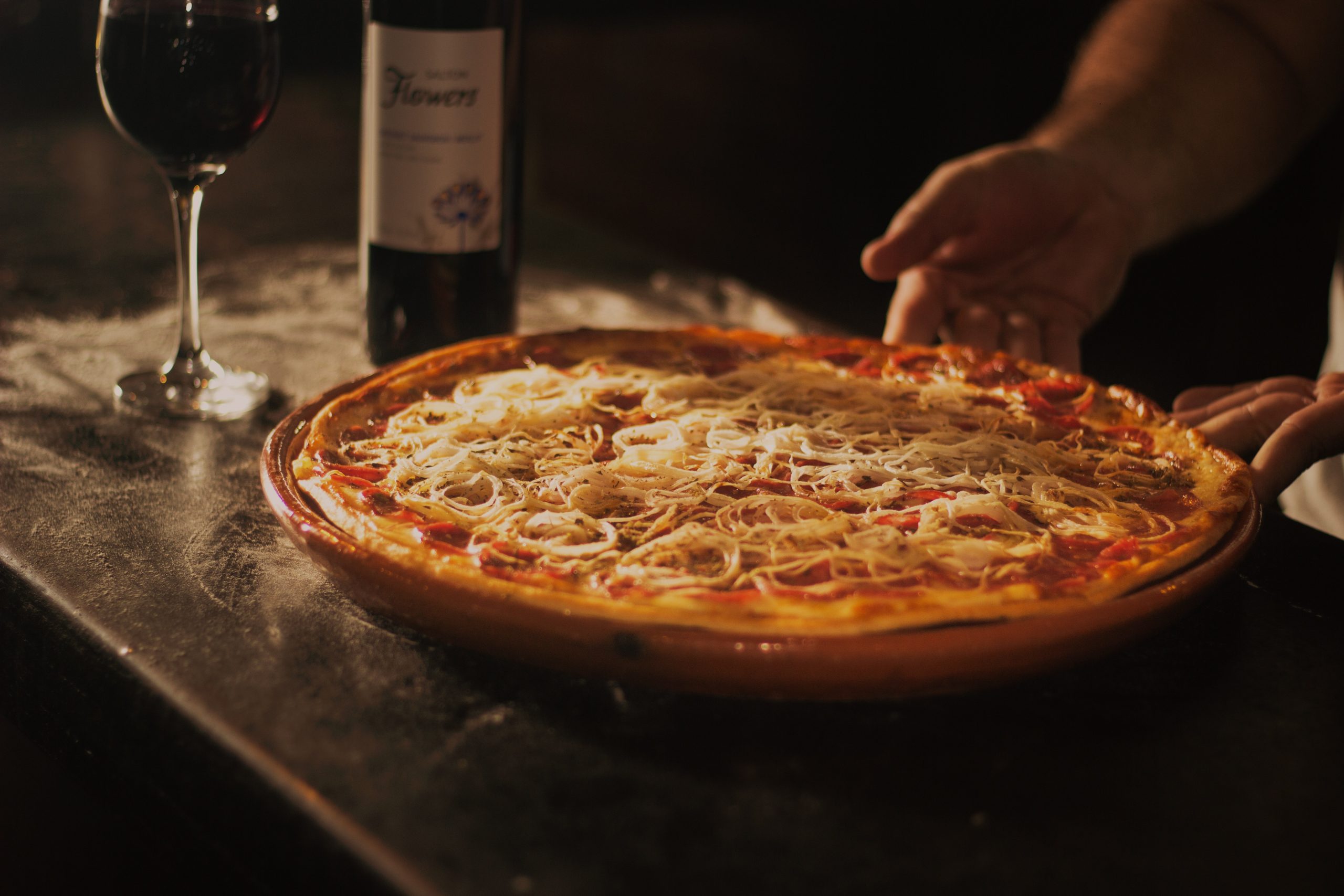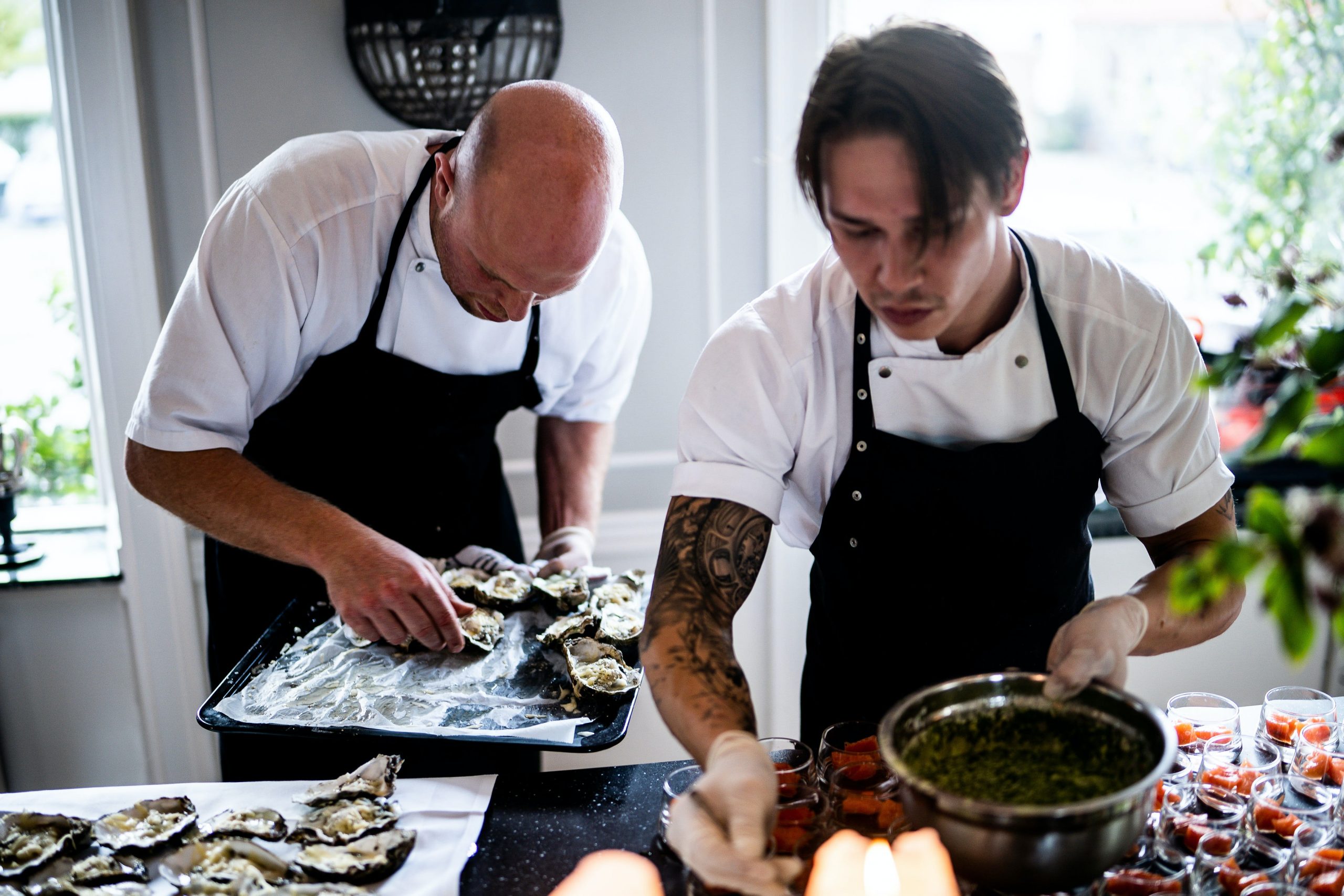Exploring the idea of cloud kitchens on a nation that consumes an endless amount of Fast-Food.
Credit: Uber.com
South Africa is considered a high food consumption country, especially when it comes to meat consumption. The 8th largest consumers of poultry, 16th largest consumers of beef, in all tense and purposes, South Africa is in the top 20 of food consumption countries in the World and the highest in Africa per capita basis. Given these stats, it should surely translate in a high rate of consumption when it comes to fast food, right? Right! South African’s have a ferocious appetite for fast food — It’s an R300 billion industry ($20 Billion) — In a country of only 57 million people, that’s a lot. On average the percentage increase of adults who purchase Fast-Food at least once a month has increased to 80% in 2015 from 66% in 2009. Think about it this way, half the country’s youth are unemployed, almost 30% of the population is on social welfare, meaning a large proportion of the population lives below the poverty line (about 25.2% live on R18 per day, just above a $1 day), but somehow 80% of the adults have a Fast-Food meal once a month. These stats are quite disheartening and I believe more should be done to address the most pressing issues, being poverty and unemployment. Nevertheless, my country is quite resilient, and people love their Fast-Food, the biggest being KFC.
But this article isn’t necessarily about Fast-Food consumption, rather the vast opportunity for a new way of thinking about Fast-Food offering and how the new creation of new food brands can address the opportunity through being lean and having a focus on efficiency with regards to delivery (alliteration haha). The middle-class, driven by the Millenial and Gen-Z generations are quite involved in foodie culture, one can see this by attending the variety of food markets on weekends around the country, but predominately in metropolitan areas. Granted most go for the ambience and aesthetics that comes with a market environment, but quite a few go for their favourite food, be it whatever ( I don’t have stats for that but I know in my heart it’s true).
Credit: The Neighbourgoods Market
Most of these fan favourite stalls can’t scale beyond the markets and an eatery on a corner of some street — a provocative statement, somewhat ignorant — but true nevertheless (sad). To grow as a food brand in South Africa and I believe in most countries too; the business would have to seek a lot of money from the illustrious Nedbank Franchise division and others similar to it, and essentially try to franchise the business and build from there. The food culture is there and the need for innovation in addressing target markets is needed by creating new channels around product offering and delivery.
The introduction of UberEats and Mr D Food(formerly Mr Delivery) in South Africa has resulted in more Fast-Food restaurants and savvy eateries increasing their distribution network and reaching more and more customers.
Fun fact South Africa was country number 7 to launch Eats.
The concept of “Cloud” Kitchens, also known as dark or ghost kitchens has become a phenomenon in the US, UK and India. Let us take a step back and try to understand what exactly is a “Cloud” Kitchen. A “Cloud” Kitchen is essentially a virtual kitchen that exists only to sell food directly to consumers online — on food delivery apps like UberEats. For example, imagine that you have a food blog or an Instagram page dedicated to your cooking, let’s say burgers and chips. People enjoy the aesthetics of your post and would like to taste your food. You decide to sell to those close to you, be it your co-workers, classmates etc. Now imagine if you could create, as a food brand, the ability to incubate at a virtual kitchen and sell on UberEats without the need for large overhead costs associated with running a physical Fast-Food restaurant. This would allow you to focus on product quality, solidifying your customer base and ultimately growth — Incredible.
Credit: The Hankyoreh. Cloud Kitchen in South Korea
Credit: Hankyung.com
These shared kitchen spaces for smaller food brands allows them to focus on quality and efficiency in the manner that they provide their products. In a South African context, I believe Cloud Kitchens would not only work but would be fundamentally essential for economic growth and job creation. Back to the example of you the Instagram food handle. Imagine if this kind of space was available at an affordable rate, and you could start your brand from there. You then employ 4 people with good culinary skills — the demand for drivers will increase and a further need for good quality input products — therefore you will source fresh produce from surrounding farmers — they will also grow, creating a ripple effect on the economy. Now imagine multiple yous (yes it’s a word) offering a variety of different cuisines to willing buyers.
This concept doesn’t come without the negative aspects. Normal restaurants need a staff of 30 people, Cloud Kitchens average at 2. If the industry faces pressure on competition they will downsize staff and physical footprints. But I believe the two can co-exist and the future is one of an omnichannel offering, where your local Mc Donalds comes from a Cloud Kitchen and Your Instagram food brand has a physical eatery.
Ububele is a business school student who has no right writing articles on medium for anyone to read. He is neither qualified nor intelligent enough to comment on these type of things.



